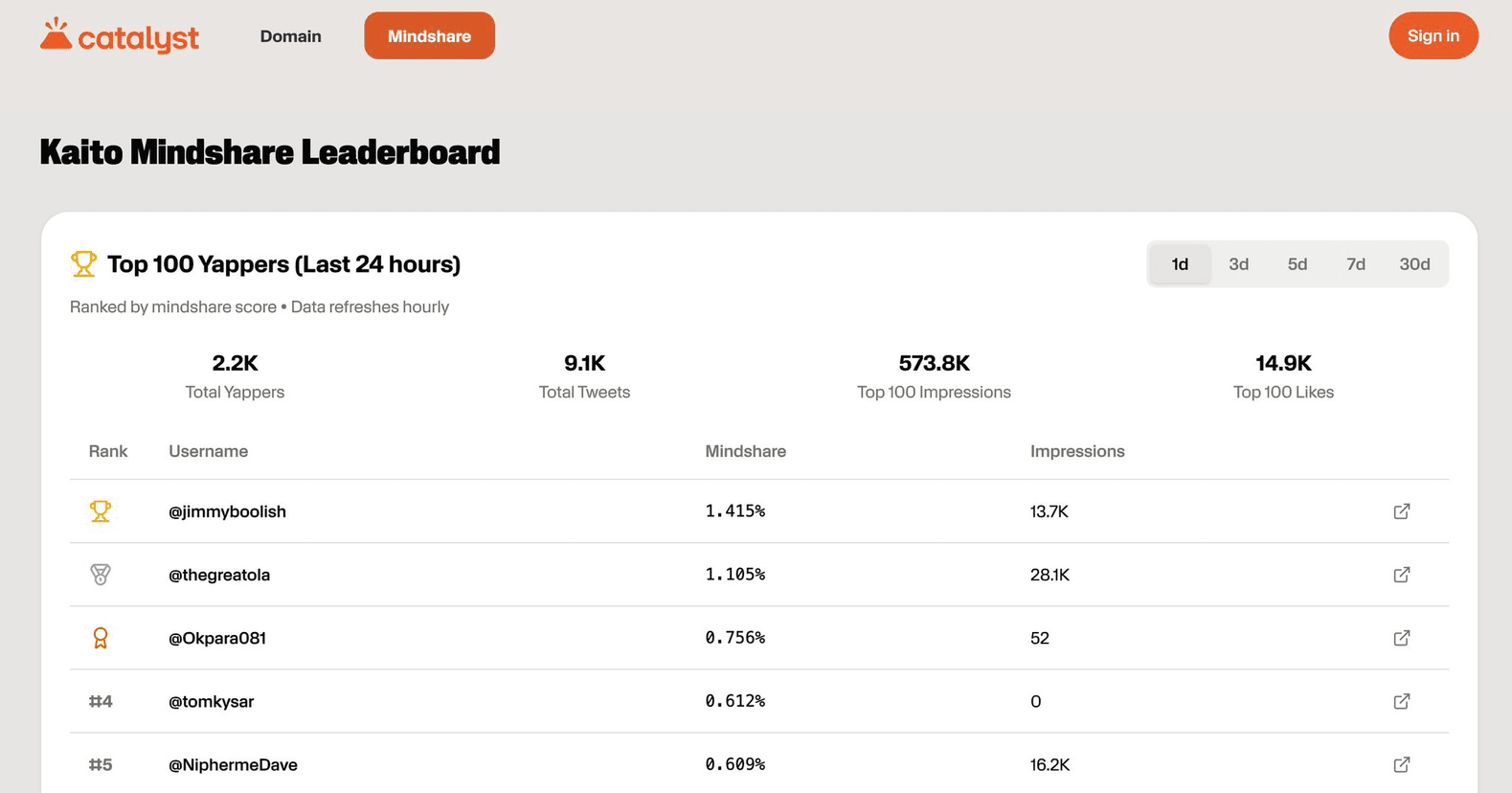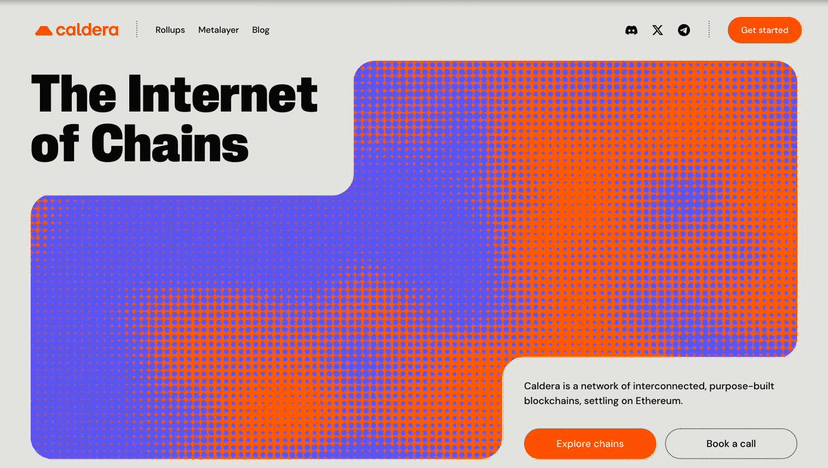In the past year, many people have been left with the impression that Caldera is simply 'clicking a few times to deploy a chain'. But by 2025, this company has expanded 'chain issuance' to 'managing a programmable multi-chain network': the underlying Rollup Engine can be upgraded on demand, plug in, and tune parameters, while the Metalayer ensures that new chains are 'interoperable out of the box', and integrates upgrades in data availability and sorting layers. To understand this mainline, first arrange a few time points, then align the quantifiable adoption rates. Caldera publicly released the new version of the Rollup Engine in March 2025, upgrading 'static chains' to 'programmable infrastructure'; in February, Metalayer was released, making cross-chain messaging, liquidity routing, and intent execution default accessories; from June to August, it further added key components of high-throughput DA and shared sorting.
1. Programmable Rollup Engine: Transforming from 'deploying a chain' to 'orchestrating an infrastructure'.
The positioning of the new version of the Rollup Engine is very straightforward: supporting mainstream frameworks like OP Stack, Arbitrum Nitro, and ZK Stack; one-click switching of DA (Celestia, Avail, EigenDA, Arbitrum AnyTrust, etc.), connecting shared sorting and quick confirmation (Espresso Sequencer, etc.), and unifying monitoring, rate limiting, upgrading, and permission governance under one API and dashboard. Compared to the early 'delivering a set of images', it now resembles 'a long-term operating infrastructure layer', where developers can tune parameters in the Dashboard or use APIs for automated scaling and gray upgrades. This is not just a slogan but a functional checklist written into official technical documentation and product descriptions.
2. Metalayer: Interoperable out of the box, defaulting to cross-chain messaging and liquidity.
Metalayer connects every new chain in the Caldera ecosystem into an interoperable network, structured in three layers: the intent execution layer is used to route declarations like 'I want to move this asset from A to B and what operations to perform at B'; the settlement layer is responsible for reliable message delivery and atomic finality (integrating bases like Hyperlane, etc.); the developer tools layer provides SDKs and UI components to facilitate incorporating intents and messages into applications. The official documentation and the February release post detail these three layers and provide cooperation targets and routing mechanisms with cross-chain bridges and liquidity providers. Its goal is not to replace any single bridge, but to create a systemic capability for 'selection and comparison', making every cross-chain transaction have a verifiable optimal path.
3. Adoption Rate: By mid-2025, Caldera is expected to support over 50 public mainnets, 750 million cumulative transactions, and a TVL of around 400 million dollars.
The research report released by Messari in June 2025 provided data that can be tabulated: 52 Rollups (mainly public mainnets, plus 21 testnets), with over 753 million transactions, more than 27 million unique addresses, and a total lockup of about 377 million dollars; representative networks such as Manta Pacific, ApeChain, B3, Kinto, etc. were listed. By the end of June when the report was finalized, the report defined the TVL metric as 412 million dollars in 'key insights', reflecting the interval fluctuations at the time of statistics. For a platform with an integrated issuance and operation model, this set of quantitative indicators effectively demonstrates that 'deployable' has reached 'being used'.
4. Bandwidth Upgrade: The integration of EigenDA V2 raises DA throughput to the hundred MB/s level.
In early August, Caldera announced a partnership with EigenCloud to integrate EigenDA V2 as an optional DA for new chains; news from media and information distribution channels emphasized the 100 MB/s level of data throughput and the 'one-click selection in the Caldera console' implementation. For Rollups, the significance of this type of DA lies in making 'more data landing faster' an option, thereby accommodating higher-frequency transaction flows and large-load applications (high TPS games, massive NFTs, on-chain indexing, etc.). Making this a 'panel dropdown' is not just a gimmick, but a way to simplify 'complex stack choices' into manageable configurations.
5. Sorting and Quick Confirmation: Collaboration with Espresso straightens out both 'experience' and 'security boundaries'.
Shared sorting is the industry consensus for 2024-2025, and Caldera has implemented it in real networks. Cases jointly disclosed by Espresso and Caldera indicate that after RARI Chain connected to Espresso, it was still able to maintain a pre-confirmation level of around 250ms, while preventing malicious behaviors like 'double submission' through an additional confirmation layer, reducing the risk of 'user interface display and final submission divergence'. This 'layered confirmation' allows developers to fill in safety boundaries without sacrificing user experience, providing a more robust foundation for subsequent cross-chain messaging and fund routing.
6. Guardian Nodes: Combining validation and community operation to enhance chain-level security and participation.
Caldera launched the Guardian Nodes program in 2024, allowing users to participate in Rollup batch validation with lightweight devices. In practice, the first adopters, HYCHAIN, sold over 16,000 node keys within two weeks, raising more than 8 million dollars. This not only enhanced the density of network observation and validation but also provided project parties with a new type of community fundraising and participation vehicle. The official developer documentation of ApeChain also lists 'Guardian Nodes and infrastructure provided by Caldera' as part of node support. For the growing application chains, this is a path that combines 'security, distribution, and operation'.
7. Multi-stack and Multi-VM: The multi-VM route from EVM to SVM expands developer choices.
Caldera announced the introduction of SVM (Solana Virtual Machine) support by the end of 2024, running parallel to Ethereum's OP Stack, Arbitrum Nitro, and ZK Stack. This means that teams can make finer trade-offs between familiar development paradigms and performance curves, combining the toolchain of the EVM ecosystem with the throughput performance of SVM. Media releases and official technical pages specify 'multi-VM support' as a platform capability. For on-chain gaming, social interaction, high-frequency trading, etc., this provides a direct impact on usability choice.
8. Typical Networks: Chain-level specialization is no longer at odds with interoperability.
Taking RARI Chain as an example, it is an Orbit L3 aimed at the creator economy, emphasizing built-in royalties and low fees; Kinto combines 'compliance thresholds + DeFi' at the chain level; Ozean focuses on RWA and credit-type assets. Although they seem highly differentiated, they are all connected by Metalayer, allowing for both 'specialized division of labor' and 'cross-chain collaboration' to coexist. This 'chain as a product' design perfectly aligns with Caldera's positioning: allowing each application chain to focus solely on what it does best, leaving interoperability, messaging, and liquidity to a shared layer.
9. Relationship with Competitive Landscape: RaaS is no longer a point service but a competition of 'network - operating systems'.
If RaaS is still understood as 'hosting a chain', the watershed of 2025 will not be clear. The current competition lies in who can systematize, observe, and audit the 'chain issuance - connection - routing - governance - upgrading' process, while providing sufficient flexible choices in DA and sorting layers. Caldera's public materials and third-party research have clearly articulated the shift from 'chain issuance tools to network operating layers'. Whether it is worth paying attention to is not determined by a single TPS, but by whether 'modules are interconnected and used across different scenarios over the long term'.
10. Three curves worth monitoring in the next 3 months
1) Metalayer Usage Curve: The volume of cross-chain intent submissions, success rates, average completion delays, and the participation ratio of mainstream bridges, to observe if there is an 'event-driven stepwise improvement'. Official documentation will synchronously release capability updates, aligning with time points.
2) DA Choice Curve: The proportion of projects choosing DA such as EigenDA, Celestia, Avail, etc., along with the daily data volume, to see if there are migrations due to 'cost/delay/throughput'. The one-click integration announcement in August is a good anchor point.
3) Network Adoption Curve: Continuously tracking 'number of mainnets, cumulative transactions, unique addresses, TVL' according to Messari's metrics, and comparing changes with similar platforms. If all three curves rise together, it indicates that it is not just a peak of activity.
Putting these levels together provides a relatively stable judgment: Caldera indeed has moved from 'rapid chain issuance' to 'long-term operation of an interoperable network'. The Rollup Engine is responsible for 'chain quality', the Metalayer for 'inter-chain quality', while DA and sorting choices are responsible for 'boundaries under higher loads'. These three interlock, determining how far it can go in 2025-2026. Data has already provided the first answer, now it remains to see if the usage curve can continue to rise.
@Caldera Official #Caldera $ERA
